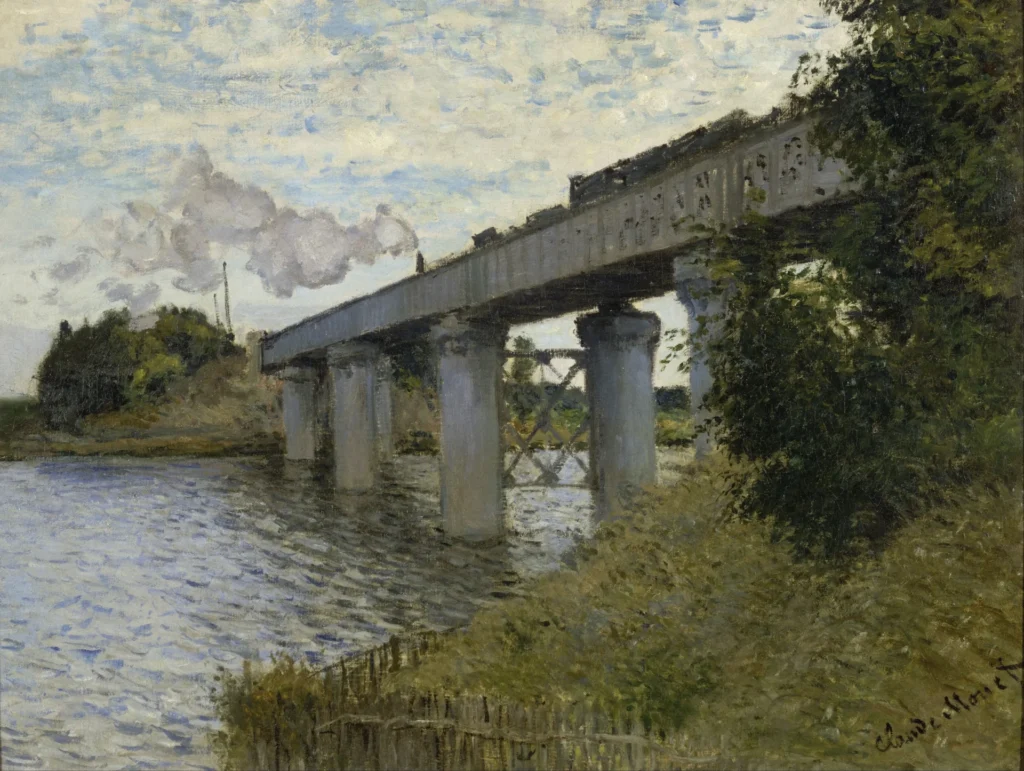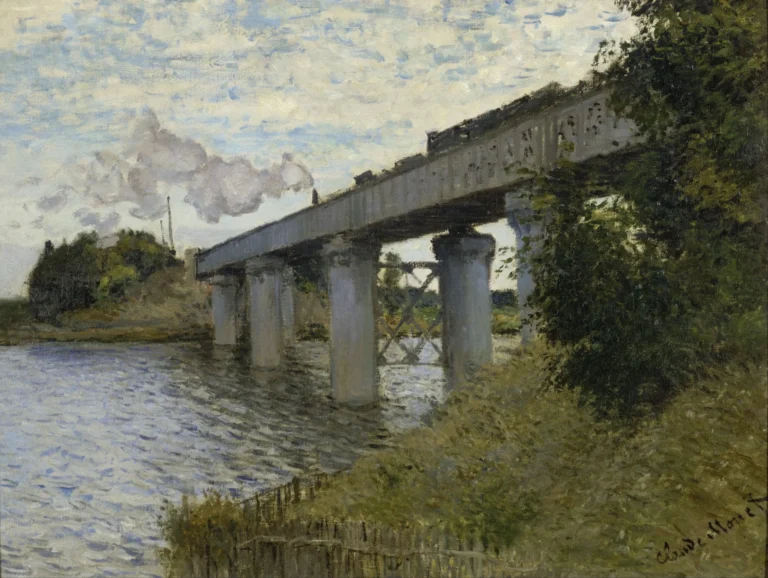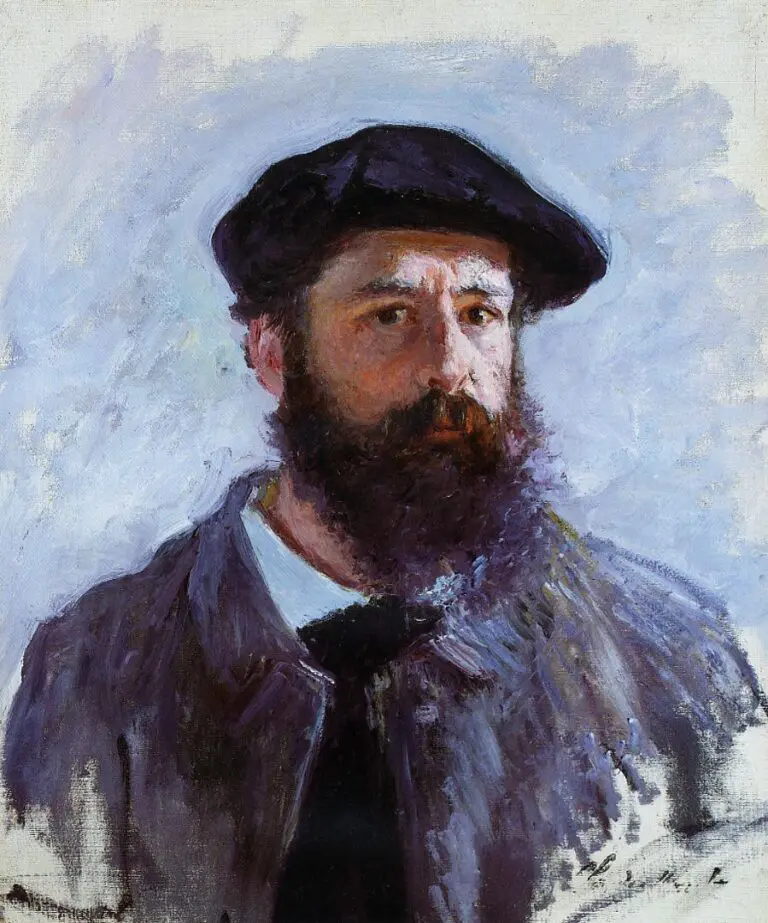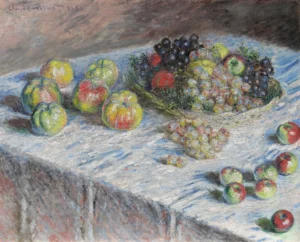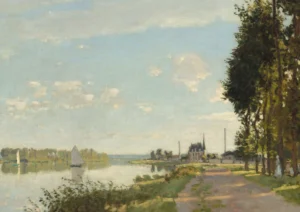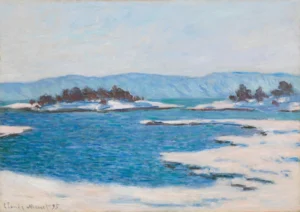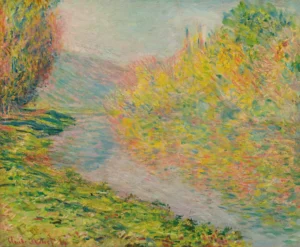The Railroad bridge in Argenteuil (1873)
'Railroad Bridge at Argenteuil' is a quintessential portrayal of the Impressionist style, created by Claude Monet in 1873. This oil on canvas painting showcases the steel and concrete railway bridge spanning the Seine River, which stood as a testament to modern engineering. Monet's adept use of quick, fluid brushstrokes and vibrant, unblended colors effectively conveys the interplay of light and atmosphere. His time in Argenteuil, alongside fellow Impressionists, greatly influenced this work, allowing him to explore various aspects of this evolving technological landscape.
Year 1873
About the Artwork
The story behind 'Railroad Bridge at Argenteuil' unfolds during the early 1870s, a transformative era for both Monet and the Impressionist movement. After moving to Argenteuil, Monet became captivated by the vibrancy of modern life, reflected in his decision to paint this landmark. The bridge itself symbolized the rapid advancements in technology and industry at the time. Monet's unique ability to capture the fleeting impressions of light and shadow transformed the traditional landscape painting, representing a shift towards a more subjective and sensory artistic expression. As he painted numerous variations of the bridge, Monet explored the ever-changing qualities of nature and the environment, showcasing his profound connection to his surroundings.
Did You Know
Liked what you see? Add it to your collection.
Enjoyed reading? Share it.
... continued
Date and Medium
The painting was created in 1873, with some variations produced in the following year. It is an oil on canvas work.
Dimensions
The painting measures 54.3 cm by 73.3 cm (21.3 inches by 28.8 inches).
Location
The painting is part of the collection at the Philadelphia Museum of Art, specifically in Gallery 252, European Art 1850-1900. It was acquired as part of the John G. Johnson Collection in 1917.
Subject and Style
The painting depicts a steel and concrete railway bridge over the Seine River at Argenteuil, a town northwest of Paris. This bridge was seen as a symbol of modernity and new technology during that period. Monet's work captures the fleeting effects of light and atmosphere, characteristic of Impressionist techniques. The painting features quick, fluid brushstrokes and unblended colors to convey the light and movement of the scene.
Context
Monet lived in Argenteuil from 1871 to 1877, a period during which he and other Impressionist artists, such as Renoir, Sisley, Caillebotte, and Manet, frequently painted together. This period marked a significant development in Monet's work and the Impressionist movement as a whole. Monet painted multiple versions of the railway bridge, as well as other scenes in Argenteuil, often capturing the same subjects under different weather conditions.
Technique
Monet's technique in this painting involves applying discrete brushstrokes to build up the image and describe the varying light effects. This approach was typical of his Impressionist style, where the focus was on capturing the immediate sensory experience of the scene rather than detailing every object precisely.




